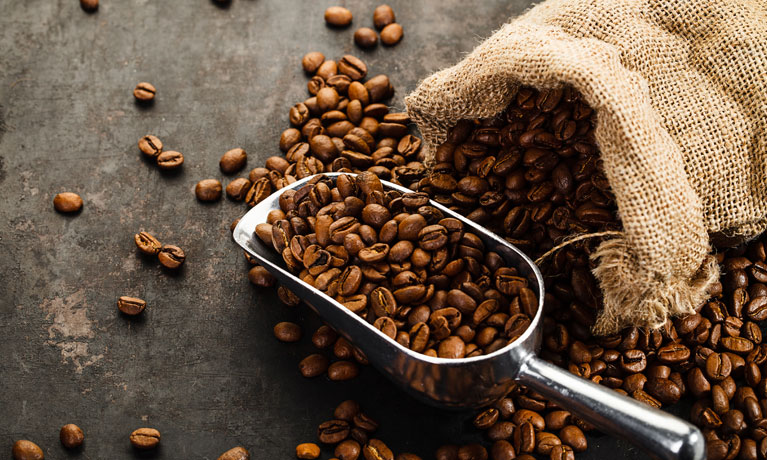By Hillary Chindodo, CBiS PhD Candidate
According to the International Trade Centre’s 2012 Coffee Exporter’s Guide, a coffee farmer receives on average 1p from every cappuccino sold in a café!
Over 25 million farmers in developing countries are involved in coffee farming, contributing 80% of global coffee production (Bitzer, Francken and Glasbergen, 2008). In total, 125 million people in these developing countries consider coffee farming activities as their primary source of livelihood according to the Fair Trade Foundation. Hardly any of the farmers are participants in or benefit directly from the activities in the coffee global value chain beyond their farm-gate but seem to carry the biggest share of sustainability costs.
The coffee industry in the developed world has been one of the fastest growing sectors, enjoying a sustained growth of above 5% over the last 10 years and is projected to grow by over 10% annually over the next five years (Statista, 2020). Yet, the International Coffee Organisation’s historical prices show that coffee farmers in developing economies are receiving about the same amount for a kilogram of coffee as they did in 1976! That, despite the great care and diligence in looking after the coffee tree all year round between harvests. Never mind the greater demands of the first three years of a coffee tree’s life to its first harvest.
The contribution of the coffee component to the latte goes beyond the 20 grams that has been used by a barista in the espresso machine. Hot milk alone served in the loveliest café environment would have a hard time attracting anyone through the door. Surely the aroma of freshly ground coffee beans coming into contact with hot water is the primary attraction to the coffee shop.
Artists and other creatives receive royalties for their art and craft whenever it is consumed in the secondary market. Why then should the coffee farmer be left at the farm-gate when his or her craft is generating more wealth further up the value chain? If that wealth cannot be priced into the farm-gate price, is there another way for the farmer to be more involved at the consumer-end of the coffee they produced?
These are just questions but surely there is a better way. A sustainable way of allowing the end consumer, from Milan to New York, to continue paying the current price for a latte while ensuring the farmer receives a bigger share of what they pay for their favourite beverage. This new way can be crucial not only in reviving coffee industries of countries like Zimbabwe who have reeled under decades of economic decline but in redefining the global coffee value chain. It is a new way where the coffee industry embrace coffee farmers as equity partners or shareholders in consumer facing operations. A global coffee shop chain with farmers as shareholders is possible. Such an arrangement could potentially bring innumerable benefits to the entire value chain.
References
Bitzer, V., Francken, M., & Glasbergen, P. (2008). Intersectoral Partnerships for a Sustainable Coffee Chain: Really Addressing Sustainability or Just Picking (Coffee) Cherries? Global Environmental Change, 18, 271–284. https://doi.org/10.1016/j.gloenvcha.2008.01.002
International Coffee Organisation (2020). Historical Data on the Global Coffee Trade. Retrieved from http://www.ico.org/new_historical.asp?section=Statistics
International Trade Centre (2012). The Coffee Exporter’s Guide: Export Impact for Good. 3rd Edition.Retrieved from https://www.intracen.org/The-Coffee-Exporters-Guide—Third-Edition/
Statista (2020). Coffee Worldwide. Statista Market Forecast. https://www.statista.com/outlook/30010000/100/coffee/worldwide.




Comments are disabled